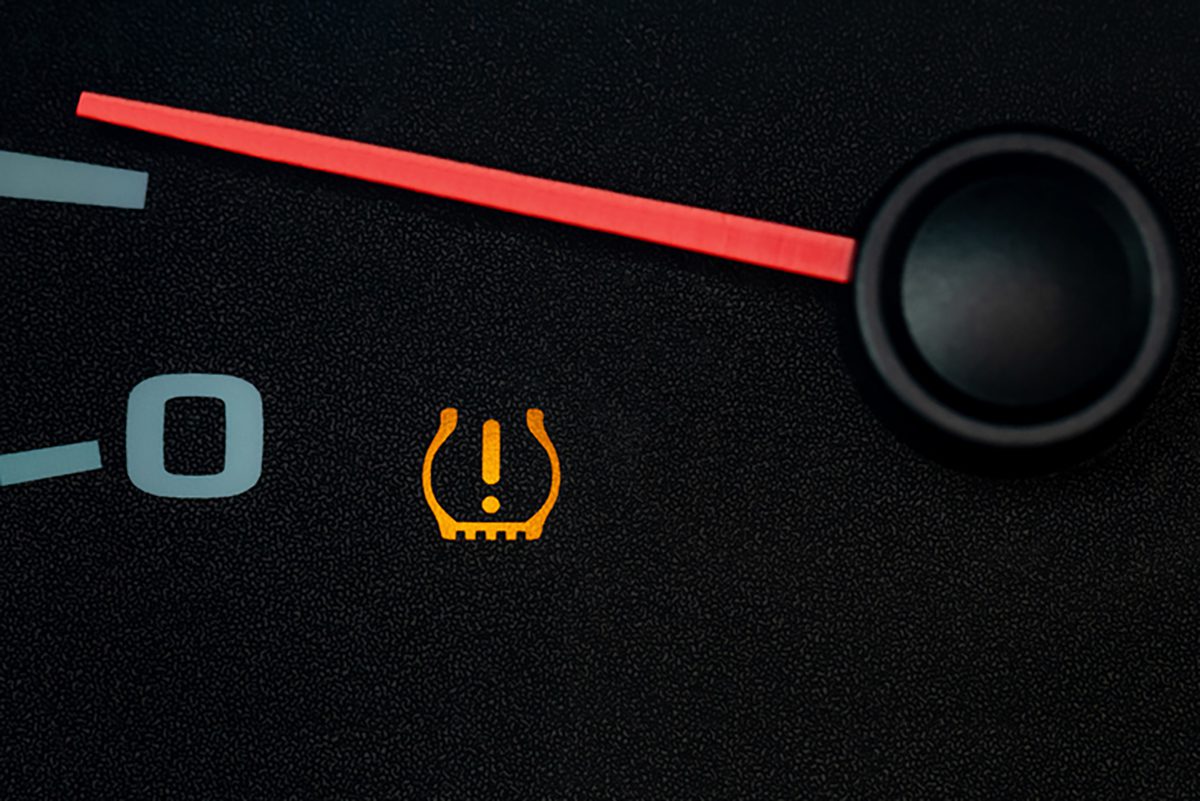Four Reasons Why Tire Pressure Checks Are So Important

As you head out to work on the last Monday of October, the first frost of the season chills the flower bed skirting your porch. You haven’t driven far when the tire pressure warning light pops up on the dashboard. You pull into the nearest service station and head toward the air pump, only to find you’ll have to wait in line behind seven other vehicles to check your tires. Why the jam up? When the temperature drops, tire pressure often does, too. And lower tire pressure can mean a higher likelihood of driving danger. As the mercury plummets, air molecules become sluggish and sort-of huddle together. When temperatures are higher, molecules dance about quickly and move farther apart. This affects your tire pressure. According to Firestone, “tires lose or gain 1-2 PSI (pounds per square inch) for every 10°F change in temperature. Your tires could lose 4 PSI over a weekend if the temperature drops by 20°F.” Sometimes tire pressure returns to normal following a cold snap, provided your tires have no leaks or holes. But don’t ignore that warning light if it persists. Here’s why:
- Tires that are underinflated can increase the time it takes for your car to stop when you brake.
- Underinflated tires can cause your vehicle to skid more easily, especially when roads are wet.
- Lower tire pressure can also mean lower gas mileage, decreasing it by 0.2% for every one PSI drop in the average pressure of all tires, says the U.S. Department of Energy.
- When tire pressure decreases, so does the lifespan of your tires. Tire that are not properly inflated are more likely to become damaged, and that can do some damage to your wallet as well if you must replace tires more often than necessary.